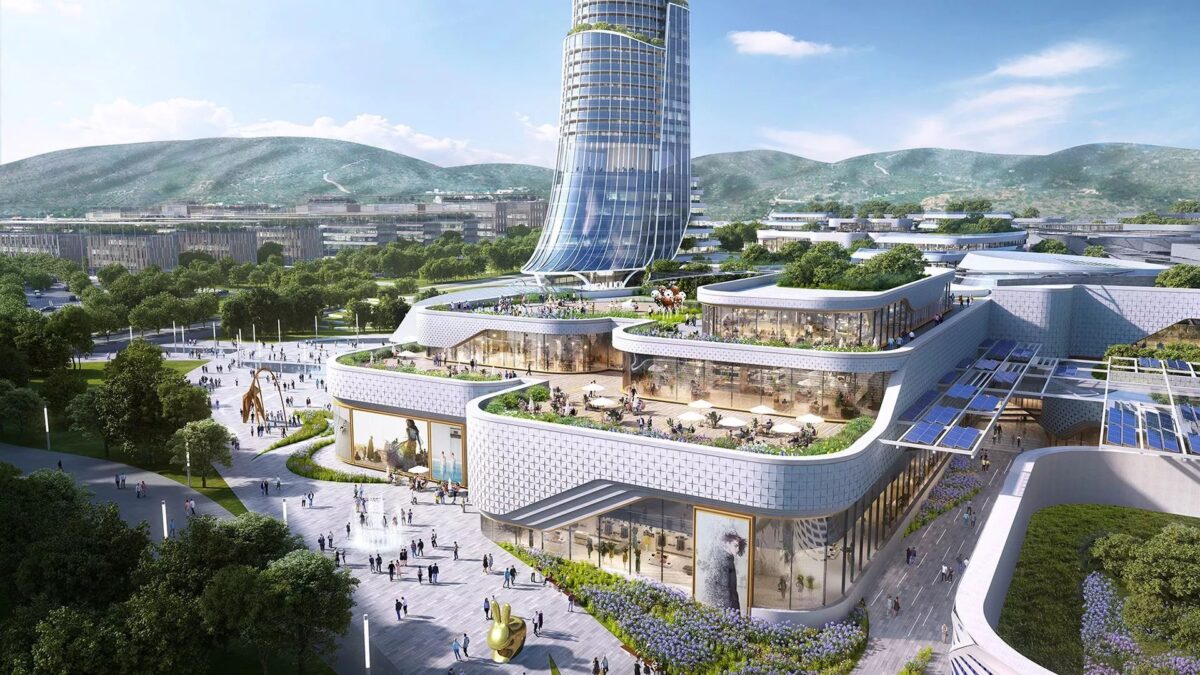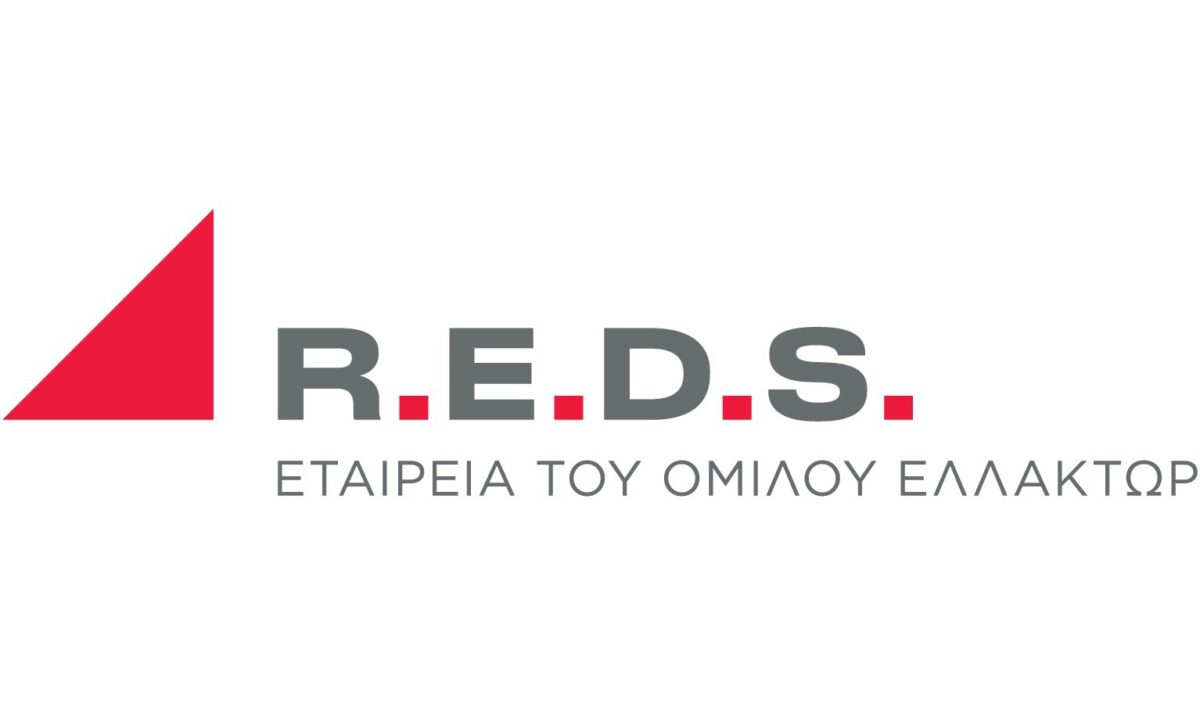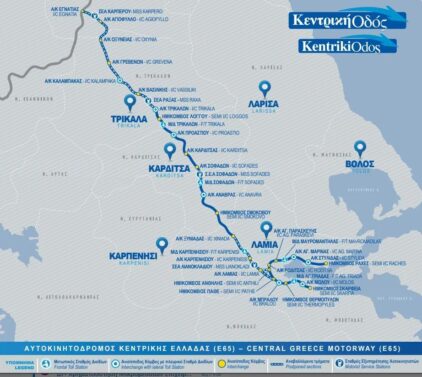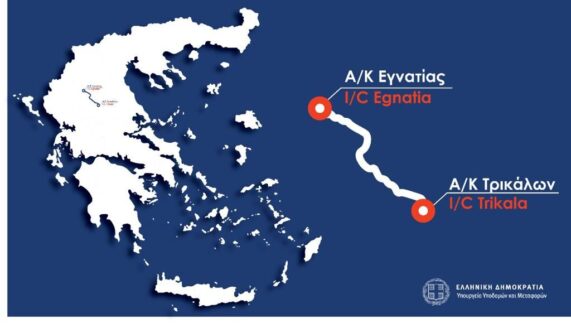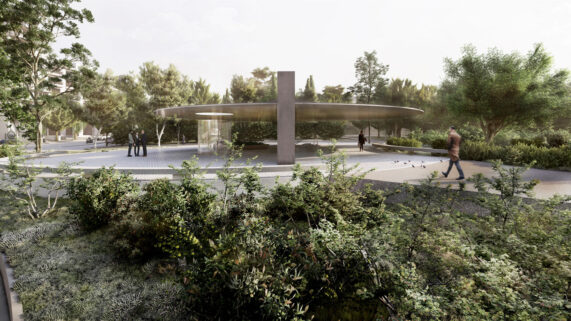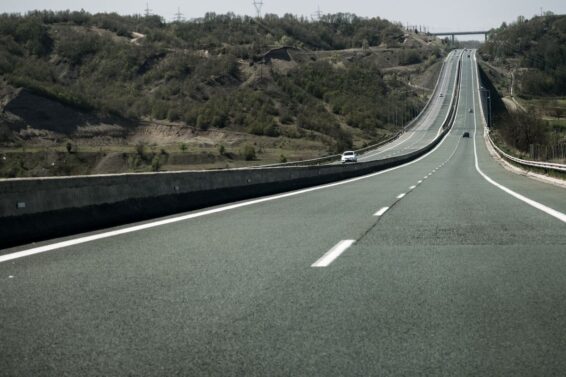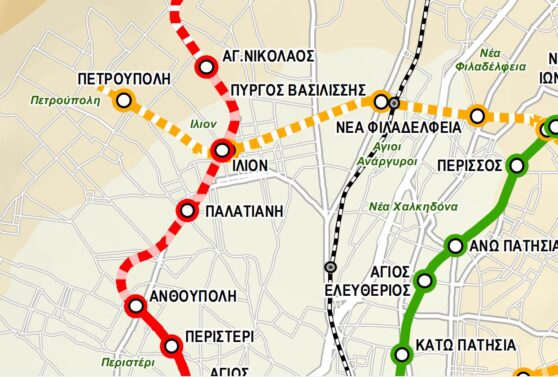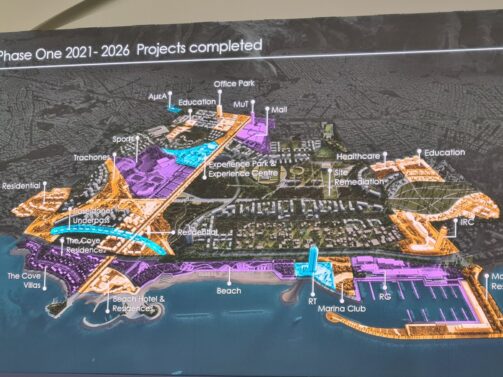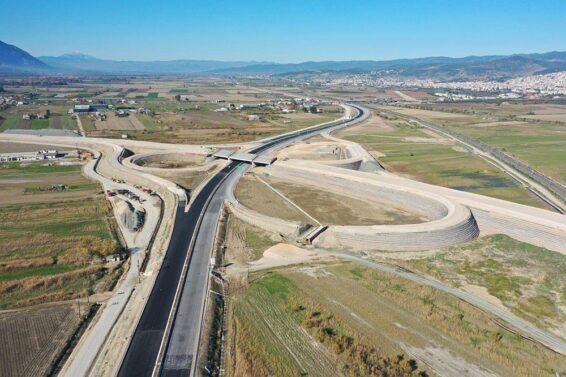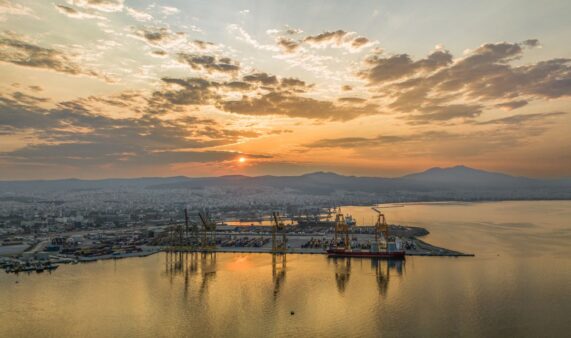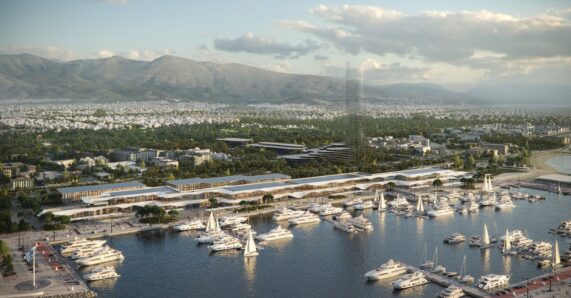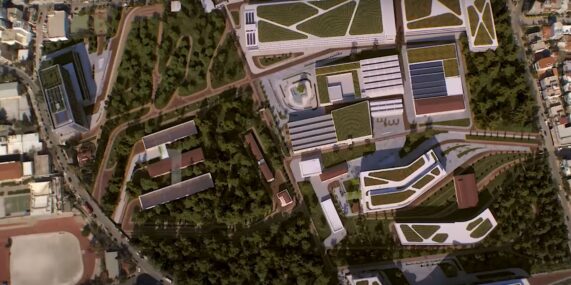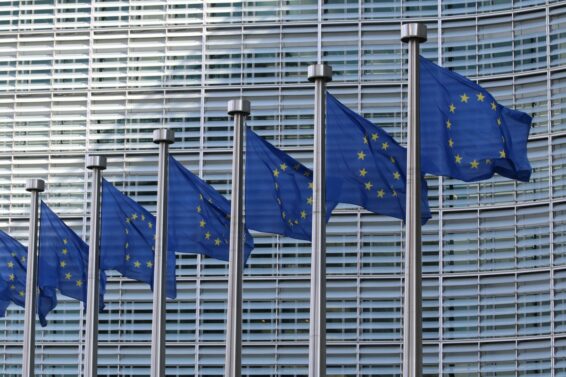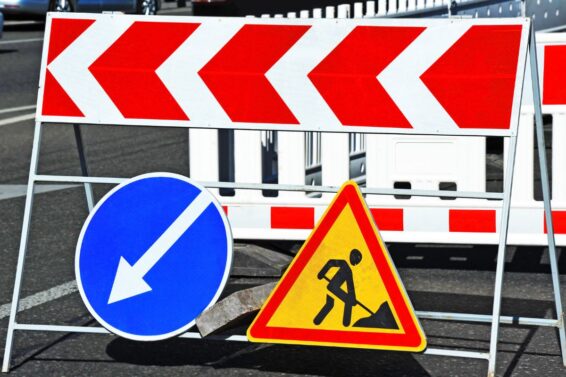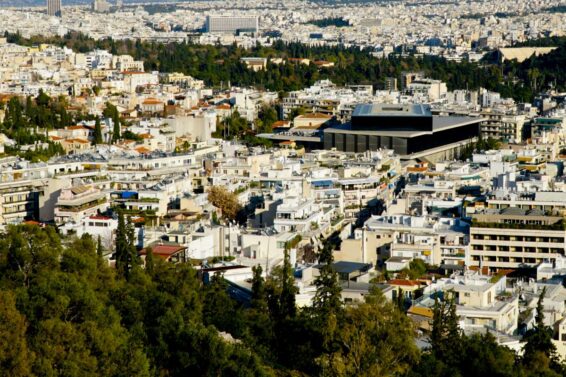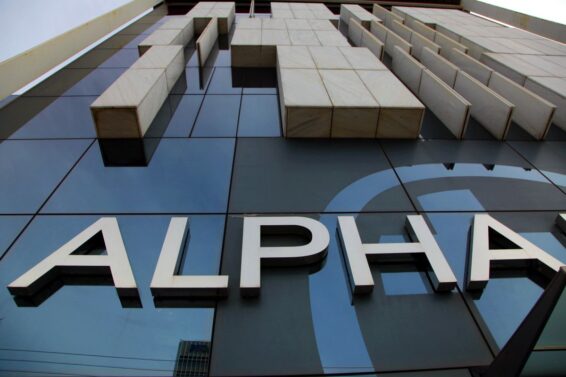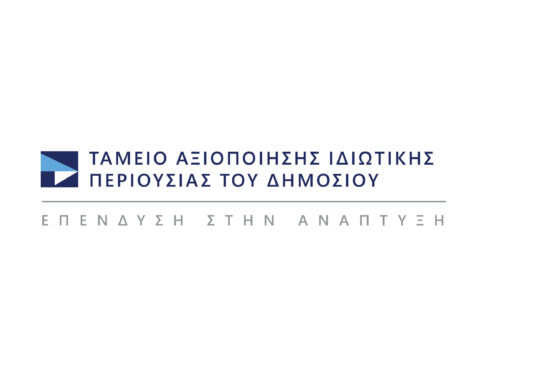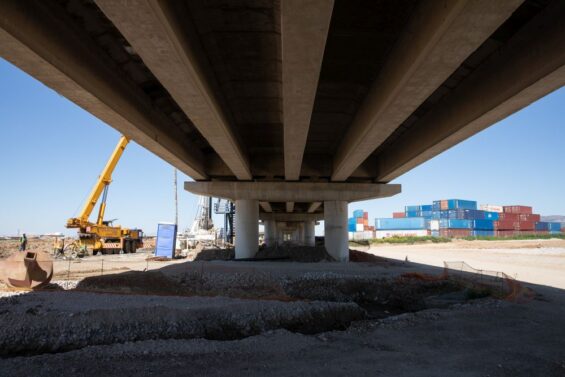The case of the expansion of the national railway network in Epirus is a real “myth” in the history of the country’s infrastructure. From the end of the 19th century (1887) Charilaos Trikoupis envisioned the creation of an “Adriatic Railway” which, however, was never to become a reality.
Efforts were made over the next few decades but the designs didn’t materialize. Today the request for the arrival of the train in Epirus is again on the table, but the act of such a project is an expensive case with uncertain financial background.
The questions
It is a fact that the extension of the single line from Kalambaka to Ioannina and Igoumenitsa will not be commercially “sustainable”. The cost is very high and it is difficult or impossible to find funding from one of the well-known channels in Europe. Then why do we even talk about the railway? Why should local authorities insist that they want the train in the area when they basically know it is an extremely difficult affair?
An answer can hardly be given, but one question at a time might lay the groundwork for a dialogue on the subject. “Should the shortage of railways in an entire part of the country, which is not at all negligible, be treated only in terms of trade and sustainability”? asks himself an experienced member of the railway family.
This question has an important counter-argument. The fair existence of a network of rails in the country as happened with the road network of highways that today cover all geographical areas of Greece. Are they all sustainable? no is the answer. Some of them. “We caught up with them,” said an official from the Ministry of Infrastructure and Transport.
The railway today in Greece is treated somewhat as a means of transport “luxury” with the result that the conditions for its expansion throughout the mainland are done with the dropper. Its very expensive construction makes things worse. Greece is not a country that can unreasonably spend on infrastructure that does not have a beneficial result.
Is the arrival of the railway in Epirus really without benefits?
Socially definitely not. But let’s see what is available in the conversation that started at the beginning of summer with the request of the Epirus Region for its connection to the national railway network.
The connection with Ioannina and Igoumenitsa is 1.7 billion euros
To date, about 70 million euros have been spent on fifteen (old) studies. In fact, in the period 2013-2014, an initial proposal was made by OSE, for the inclusion in the NSRF 2014-2020 of two new single lines with electric drive. The line Kalampaka-Ioannina-Igoumenitsa and the line Kalampaka-Kozani. The cost of the former was estimated at 1.74 billion euros and the connection with Kozani 742 million euros.
The new single line, 147km long with a design speed of 160km / h or greater where possible, included electricity, remote control and two-way signaling while the main railway stations would be in Kalambaka, Siatista, Igoumenitsa, Ioannina and Grevena. The time of travel for the route Athens-Ioannina is estimated approx. at 3 hours and 50 minutes.
The studies were quite advanced and according to the report, there are approved environmental conditions for the sections Kalampaka-Ioannina-Igoumenitsa and Dimitra-Siatista (for the connection with Kozani). In 2013, OSE submitted proposals for financing studies and drafting tender documents for the new single railway lines Kalampaka – Ioannina – Igoumenitsa (16 million euros) and Kalampaka – Kozani (7 million euros), but they were rejected. According to the reasoning of the Managing Authority, high precariousness was found and the studies “needed to be reviewed”.
That has a resulted in the “tombstone” of the promotion of the projects that are know as the so-called Western Egnatia Railway. However, the essence of the above – then failed – effort, is that there is a serious basis for the studies and in fact railway executives claim that the final studies are needed to mature these projects.
Ionian-Aegean connection via railway
Finding 2.5 billion euros is clearly not an easy task for Greece, but a plan can be launched, similar to the one made for the eastern part of the Egnatia Railway. A few days ago, the Prime Minister, Kyriakos Mitsotakis, spoke about the development of a freight center in Igoumenitsa.
A railway line that would reach this port would create new conditions for freight transport. Through Kalampaka it will be connected to the port of Volos, achieving the connection of the Ionian with the Aegean through the line Igoumenitsa-Kalampaka-Volos and of course with the port of Piraeus.
Line integrated in the trans-European network
Also, the railway line Kalampaka-Ioannina-Igoumenitsa is part of the core railway network TEN-T of the European Union and is an integral part of the European Corridor Orient / East Med that starts from the northern ports of Germany and ends through Central and Eastern Europe.
This means that it is a project of European interest and this could possibly be a first basis for starting a serious long-term planning. Also with the existence of this line ita becomes a network that can be expanded and connected with Albania and Skopje.
Unfortunately for railway projects, especially of this size, the use of the Recovery Fund is completely precarious due to the long implementation times required (the end of the Fund is determined for 2026). But studies on the maturation of the plan could go ahead.
Even if it is not considered a first priority project, with a combination of financial tools it could be a future visionary project that would complete the Egnatia Railway and shape the freight and passenger transport of the future of the country, giving new opportunities for balanced development in central and north-western country.
ΜΗΝ ΞΕΧΑΣΕΤΕ
- Ακολουθήστε το ypodomes.com στο Google News και μάθετε πρώτοι όλες τις ειδήσεις για τις υποδομές στην Ελλάδα
- Αν είστε επαγγελματίας του κλάδου, ακολουθήστε μας στο LinkedIn
- Εγγραφείτε στο Ypodomes Web TV


